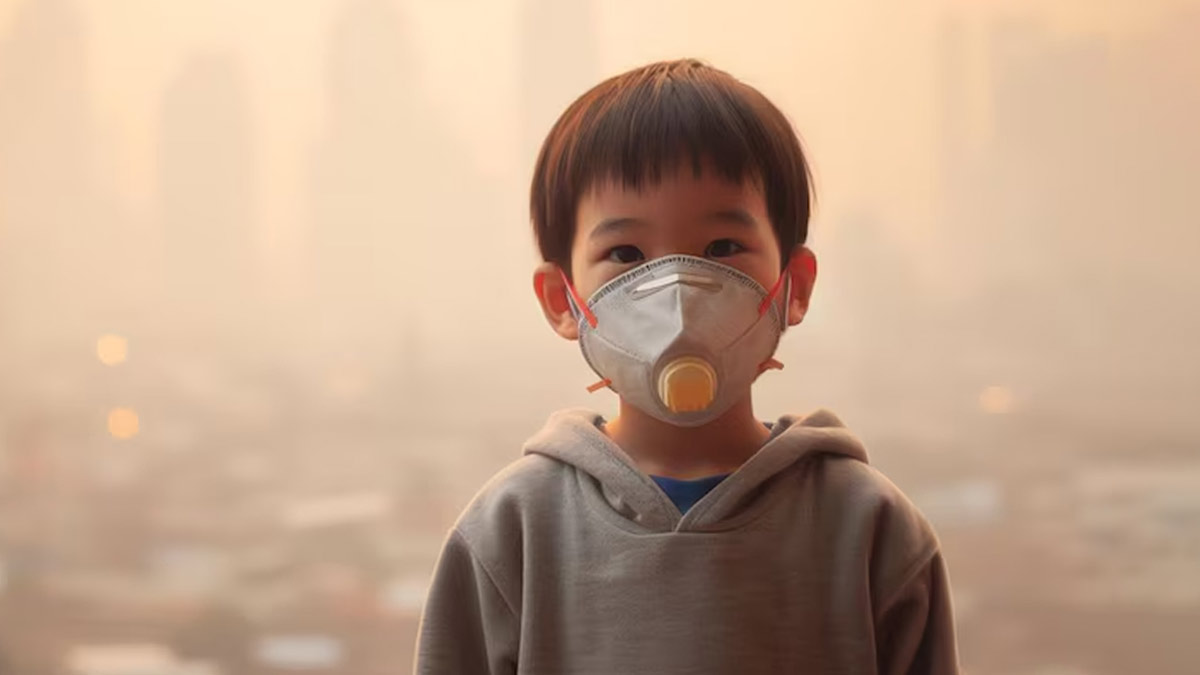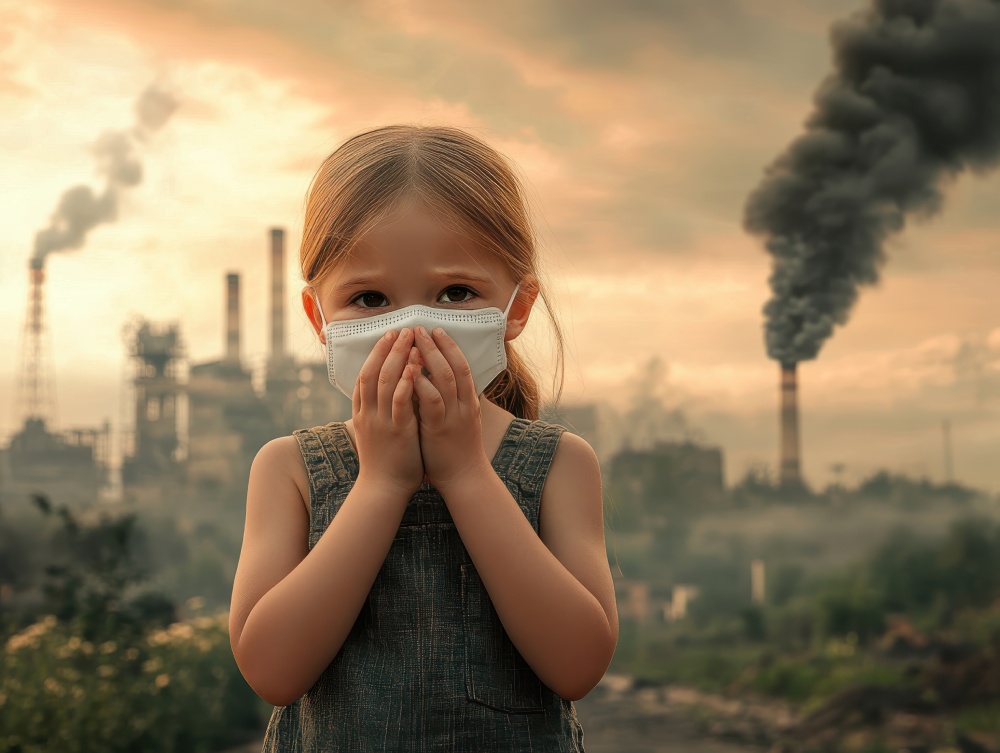Health Impacts of Fine Dust on Children: Respiratory and Allergy Issues
Health Impacts of Fine Dust on Children: Respiratory and Allergy Issues
Fine dust, also known as particulate matter (PM), is a serious environmental pollutant that poses significant health risks to children. These tiny particles, often less than 2.5 micrometers in diameter (PM2.5), can penetrate deep into the respiratory system, causing a range of health issues, particularly in young and developing bodies. In this blog post, we will explore how fine dust affects children’s health, focusing on respiratory diseases and allergy problems, and discuss preventive measures to protect your child.
Why Are Children More Vulnerable to Fine Dust?
Children are more susceptible to the adverse effects of fine dust due to several factors:
-
Developing Respiratory System: Their lungs are still growing and are more sensitive to pollutants.
-
Higher Breathing Rate: Children breathe faster than adults, taking in more air (and pollutants) per kilogram of body weight.
-
Closer Proximity to the Ground: Dust particles tend to settle near the ground where children play.
-
Immature Immune System: Their bodies are not yet fully equipped to fight off infections and inflammation caused by pollutants.
Respiratory Diseases Linked to Fine Dust Exposure
Prolonged or repeated exposure to fine dust can lead to various respiratory issues in children, including:
1. Asthma and Asthmatic Bronchitis
-
Triggers Inflammation: Fine dust particles irritate the airway, leading to chronic inflammation.
-
Symptoms: Wheezing, shortness of breath, chest tightness, and frequent coughing.
-
Risk of Severe Attacks: Children with pre-existing asthma may experience more frequent and intense episodes.
2. Chronic Obstructive Pulmonary Disease (COPD)
-
Early-Onset COPD: Repeated exposure to high levels of fine dust can contribute to the early development of COPD symptoms.
-
Permanent Lung Damage: Chronic exposure may cause irreversible changes in lung structure and function.
3. Respiratory Infections
-
Increased Susceptibility: Fine dust weakens the respiratory mucosa, making it easier for viruses and bacteria to penetrate.
-
Common Infections: Bronchitis, pneumonia, and upper respiratory tract infections.
Allergy Problems Triggered by Fine Dust
Fine dust particles can also aggravate or trigger allergic reactions, such as:
1. Allergic Rhinitis
-
Symptoms: Runny nose, sneezing, nasal congestion, and itchy eyes.
-
Aggravating Factors: Dust particles combined with pollen or pollutants increase allergen exposure.
2. Atopic Dermatitis
-
Skin Irritation: Fine dust can settle on the skin, causing inflammation and exacerbating eczema.
-
Increased Sensitivity: Children with pre-existing skin conditions may experience flare-ups.
3. Conjunctivitis (Eye Inflammation)
-
Irritation and Redness: Dust particles that come into contact with the eyes can cause itching and swelling.
-
Risk of Infection: Continuous exposure may lead to bacterial or viral conjunctivitis.
Prevention and Protection Strategies
Taking proactive measures can significantly reduce the health risks associated with fine dust exposure:
1. Monitor Air Quality
-
Use Air Quality Apps: Check daily fine dust levels and limit outdoor activities when pollution is high.
-
Stay Indoors on Bad Air Days: Keep windows and doors closed when fine dust levels are elevated.
2. Improve Indoor Air Quality
-
Use Air Purifiers: Choose models with HEPA filters to remove fine dust particles.
-
Regular Cleaning: Damp dusting and vacuuming with HEPA-filtered vacuums can help minimize dust accumulation.
-
Ventilation: Ensure proper airflow to reduce indoor pollutant buildup.
3. Strengthen Respiratory Health
-
Balanced Diet: Foods rich in antioxidants (like fruits and vegetables) help strengthen the immune system.
-
Hydration: Keeping the respiratory tract moist can reduce irritation.
-
Regular Exercise: Improves lung capacity and resilience, but avoid outdoor activities during high dust levels.
4. Personal Protection
-
Masks: Have children wear certified particulate masks (like N95) when pollution levels are high.
-
Eye Protection: Sunglasses or goggles can reduce eye exposure to airborne particles.
Final Thoughts
Fine dust poses a significant risk to children's respiratory and overall health, especially considering their heightened vulnerability. By staying informed about air quality, practicing good indoor hygiene, and taking proactive health measures, parents can help protect their children from the harmful effects of fine dust. Stay vigilant and take necessary precautions to ensure a safe and healthy environment for your kids.
Amazon best seller







Comments